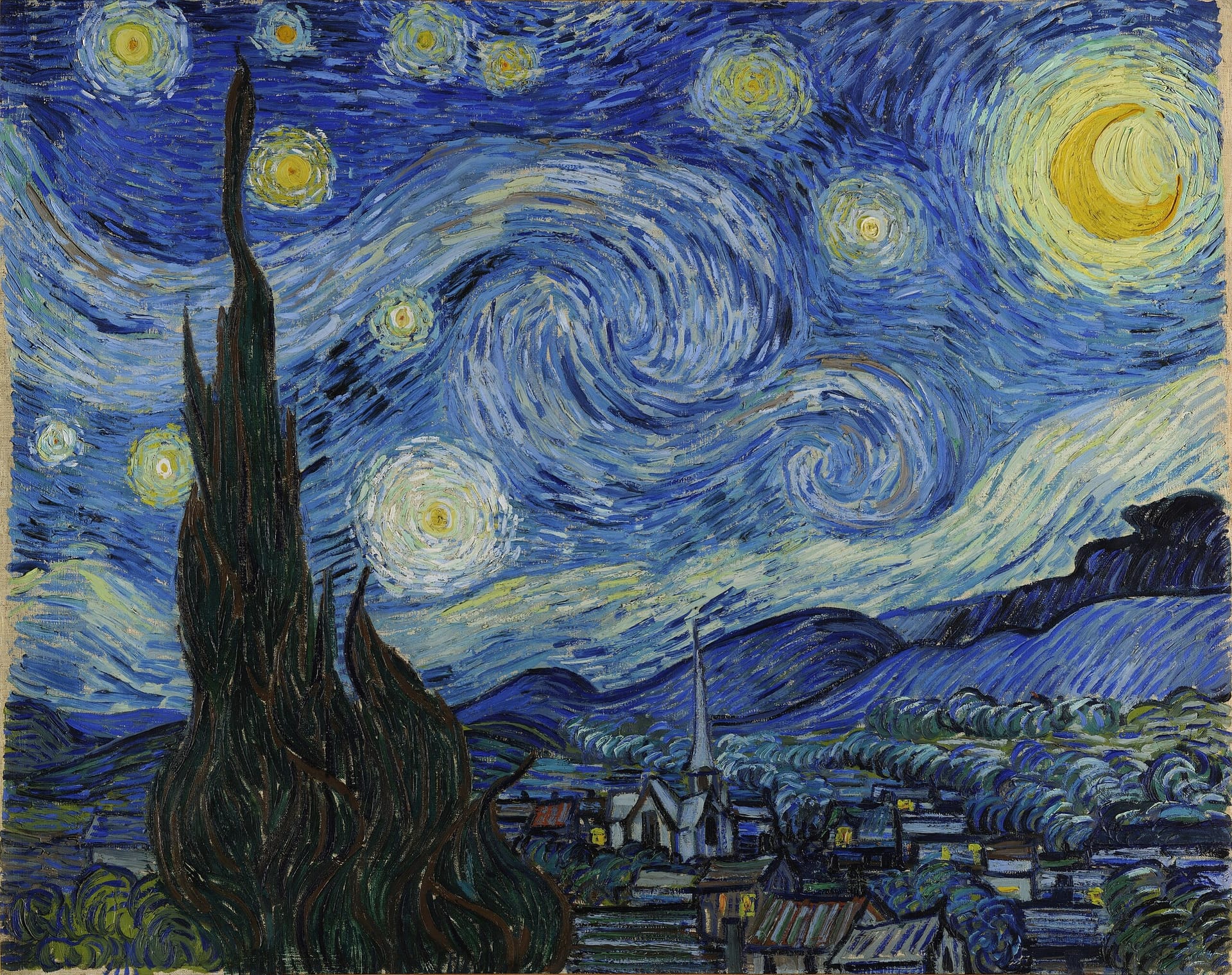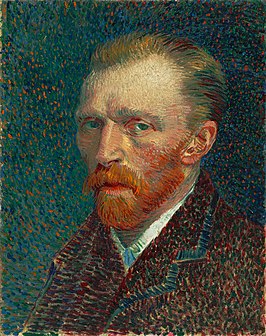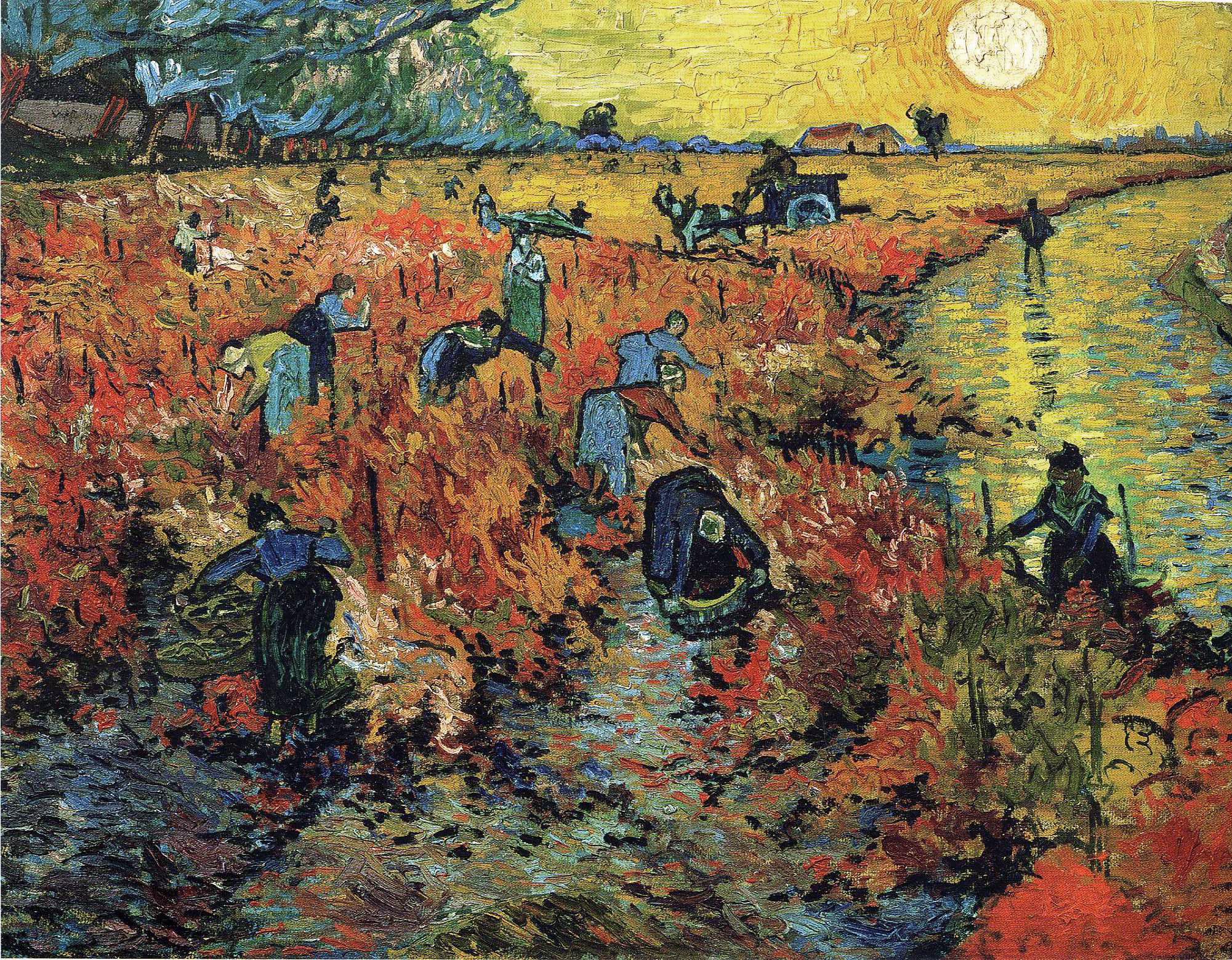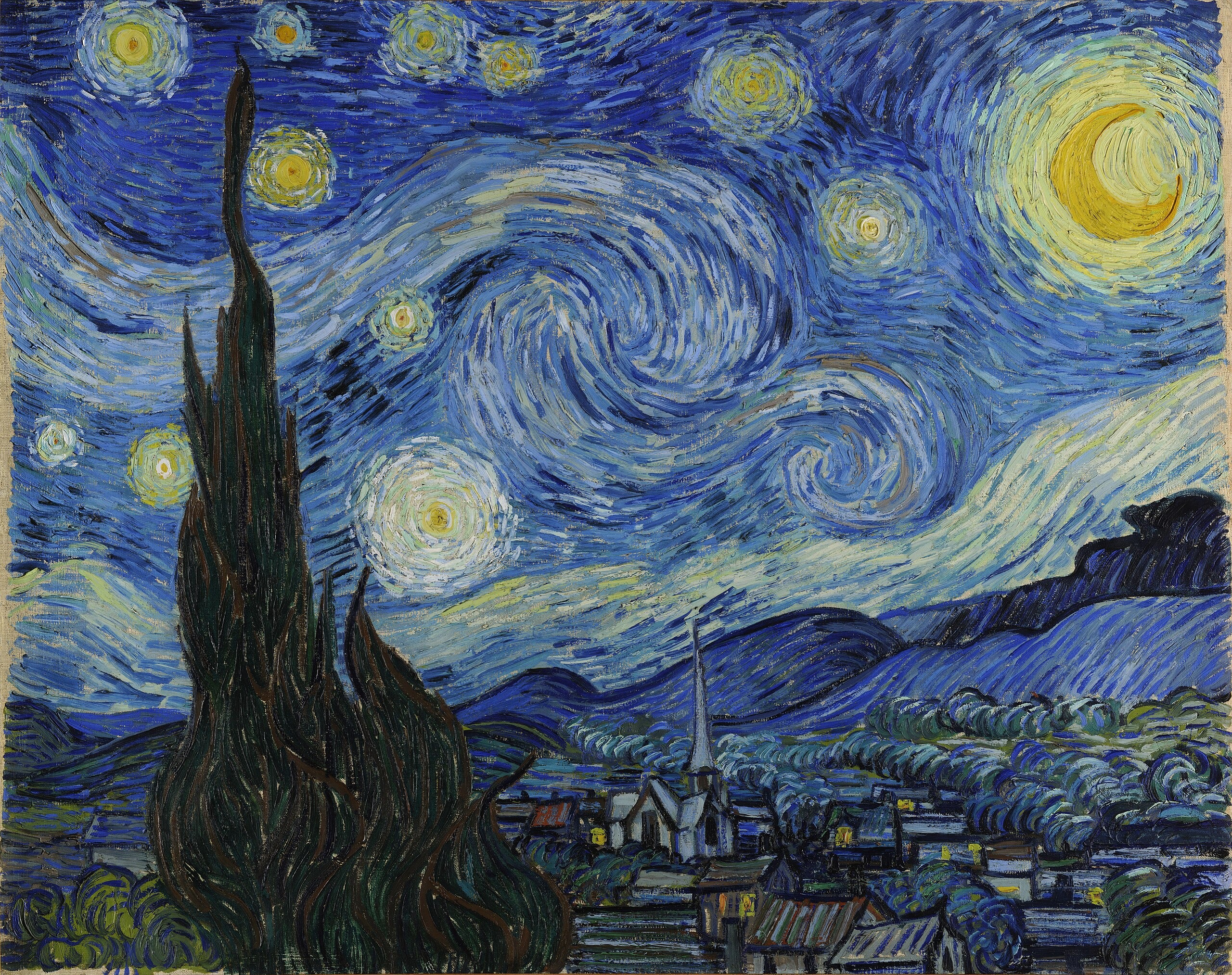Curious minds: Vincent van Gogh and the Colors of Curiosity

In this series, I delve into the lives of those whose relentless curiosity led to extraordinary achievements. These are the thinkers, dreamers, and pioneers who refused to accept limits and instead asked, "What if?"
This time I give credit to Vincent van Gogh.
Van Gogh’s journey

In the late 19th century, amidst significant transformations in the art world, Vincent van Gogh (1853-1890) emerged as one of the most influential yet tragic figures. Born in the Netherlands, van Gogh struggled with various careers before fully dedicating himself to art in his late twenties. His relentless curiosity and passion for painting, despite immense personal struggles, left an indelible mark on the art world.
Van Gogh’s journey was driven by a desire to capture the essence of the world around him. He began with somber, realistic depictions of peasant life, inspired by artists like Jean-François Millet. Moving to Paris in 1886, he encountered the vibrant works of the Impressionists and Post-Impressionists, transforming his approach and igniting his fascination with color and light.

In Paris, van Gogh’s palette brightened as he experimented with bold, contrasting colors and dynamic brushstrokes. His curiosity about color interactions and emotional evocation became central to his work. He was particularly intrigued by Japanese woodblock prints (ukiyo-e), which influenced his use of flat planes, bold outlines, and vibrant colors.

Despite his innovative techniques, van Gogh's life was marked by personal and financial hardships. His struggle with mental illness often hindered his work, but his emotional turmoil fueled his creativity, leading to masterpieces like "The Starry Night," "Sunflowers," and "The Bedroom" during his stay in Arles.
Van Gogh's work was not widely recognized during his lifetime. He sold only one painting and lived in obscurity, supported by his brother, Theo. Yet, his dedication never waned, and he continued to push artistic boundaries, seeking new ways to convey his inner experiences and the beauty he saw in the world.

Tragically, van Gogh’s battle with mental illness culminated in his untimely death at 37. It was only posthumously that his work gained significant recognition. Today, Vincent van Gogh is celebrated as one of the most influential and beloved artists of all time. His innovative use of color, expressive brushwork, and emotional depth have inspired countless artists and continue to captivate audiences.
Vincent van Gogh’s story is a poignant reminder of the power of curiosity and the enduring impact of creative exploration. His insatiable curiosity about color, light, and emotion drove him to create works of profound beauty and intensity, leaving a legacy that transcends time. His bold use of color and emotional intensity revolutionized the art world, paving the way for modern movements like Expressionism and Fauvism.
What we can learn from Van Gogh
Curiosity fuels reinvention and growth
Van Gogh constantly evolved as an artist, experimenting with techniques, colors, and styles throughout his career.
Lesson: Curiosity isn’t about staying in one place. It’s about embracing change, learning, and evolving over time.
Emotional depth can be a source of innovation
He channeled his struggles into his art, using color and movement to express his emotions in groundbreaking ways.
Lesson: Curiosity isn't just intellectual. It’s emotional. Exploring and expressing deep emotions can lead to revolutionary creativity.
Exploration beyond one’s own culture sparks creativity
Van Gogh was deeply inspired by other people and cultures. Like Japanese art; integrating its simplicity, bold lines, and color contrasts into his work.
Lesson: Looking beyond your immediate surroundings and learning from different cultures can lead to fresh perspectives and artistic breakthroughs.
Passion and dedication matter more than immediate success
He remained deeply committed to his vision despite selling only one painting in his lifetime.
Lesson: Curiosity-driven passion is more powerful than external validation. True innovation often isn’t recognized immediately.





